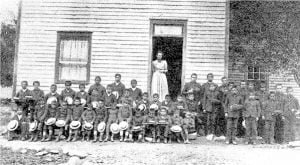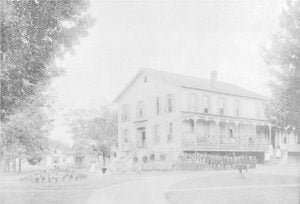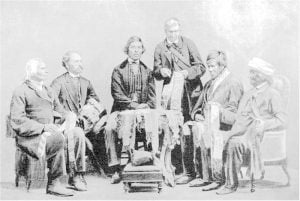Winnipeg, October 14th 1876 – Part C
To The Hon. Alexander Morris, Lieut. -Governor. Sir, –Referring to your letter of instructions under date of the 14th of July, relative to the payment of the Norway House and Cross Lake bands of Indians, I have the honor to submit the following report: — Having, in co-operation with the Hon. Thomas Howard, paid the Indians of Berens River and successfully secured the adhesion of the Island and Upper Berens River bands of Indians to Treaty Number Five, on the morning of Saturday, the 5th of August, I left for Norway House, which place, owing to stormy weather and strong … Read more




